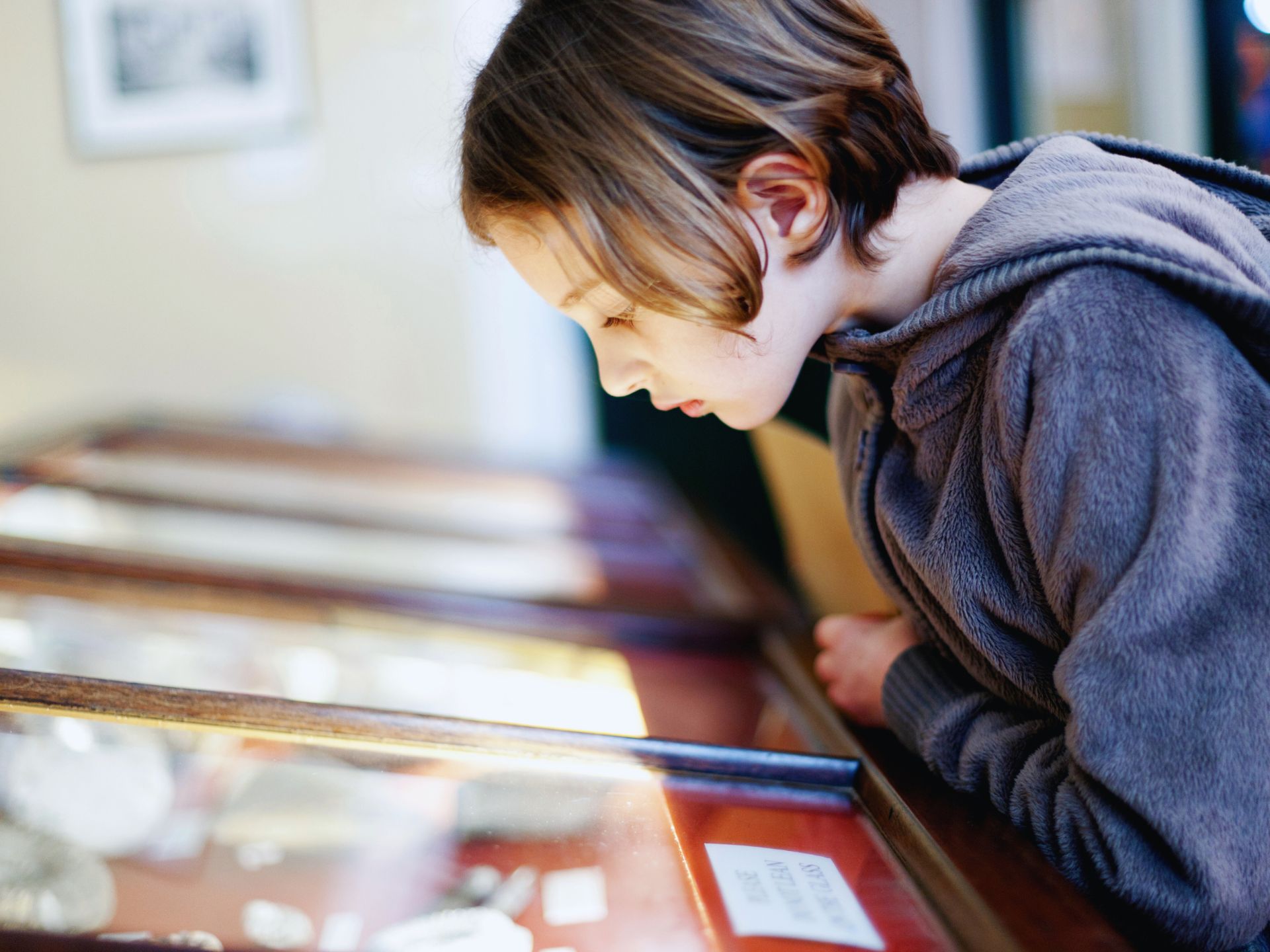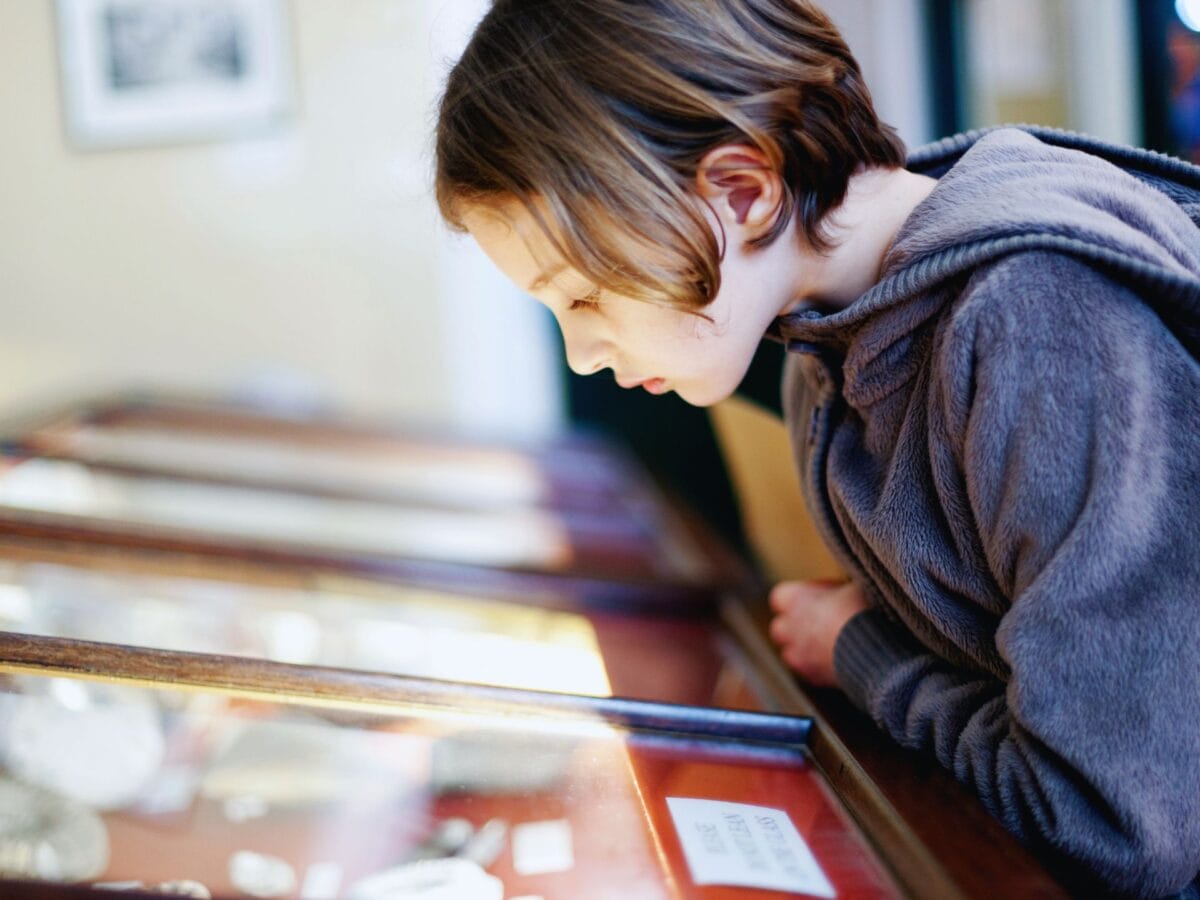Boost Your Summer Fundraising
April 2025

The summer period, with its longer days and increased visitor numbers, presents a golden opportunity for UK museums and attractions to make the most of donors’ generosity. In an increasingly cashless society, embracing digital fundraising is the perfect solution.
Some museums or attractions are FREE to enter and rely entirely on money from trusts, funds and public donations; others charge an entry fee and ask for donations to supplement their work, which can account for between 10 and 40%*of total income for larger museums and attractions.
*https://www.gov.uk/government/statistics/total-income-of-dcms-funded-cultural-organisations-20222023/total-income-of-dcms-funded-cultural-organisations-202223-headline-release
The Digital Shift in UK Giving
Charitable giving in the UK is continually evolving, with a trend towards digital and cashless transactions. While cash donations still exist, contactless payments and online giving are becoming the preferred donor choice. Museums and attractions must therefore adapt their fundraising strategies to meet these needs. The 2024 Annual Museum Survey noted an encouraging 27% increase in donations since 2019/20, showing the potential for growth with the right approach.
See how the Gurkha museum uses their Dona donation machines for fundraising success.
Embracing Self-Service Donation Terminals
Dona Donations’ Digital Collection Plates (DCPv3) provide a seamless and secure way for visitors to contribute. These terminals accept:
- Contactless payments (tap-and-go) even offline
- Mobile wallet transactions
- Traditional Chip & PIN card payments
Main advantages:
- Ease of Use: Quick and user-friendly for donors.
- Self-service: They can operate without constant staff or volunteer supervision, freeing up your team for other roles.
- Offline Capability: Can accept donations even without an internet connection. Ideal if your attraction is a cave, in a gorge, or particularly remote.
- Low Fees and Automatic Updates: Ensuring cost-effectiveness and up-to-date technology.
- Security and Compliance: Fully GDPR and PCI DSS compliant, reassuring both your organisation and visitors.
When placing the terminals, think strategically about high-traffic points within your attraction, such as entrances/exits, popular exhibition areas, or near the gift shop and cafe. Provide information where queues may form about how much donations make a difference to the museum or attraction.
Dona card terminals can be wall-mounted, positioned on a countertop or floor-standing, providing flexible options.

Leveraging QR Codes and Dedicated Web Pages
Beyond physical terminals, digital touchpoints like QR codes and dedicated web pages are essential.
- QR Codes: These codes are scannable with a smartphone. Place them prominently on:
- Exhibition signage
- Information boards
- Visitor guides and maps
- Cafe tables
- Membership desks
- Marketing materials and flyers When scanned, a QR code should immediately direct visitors to your dedicated online donation page.
- Anywhere where the public are gathering or likely to be spending ‘dwelling time’ during their visit.
- Dedicated Web Pages: Your website should feature a clear, compelling, and easy-to-navigate donation page. This page should:
- Be Mobile-Optimised: Most visitors will access it on their smartphones.
- State the Impact: Clearly articulate how donations will be used with several options available for donors to choose the fund they would like to support. Dona donation machines offer up to 20 personalised fund options.
- Offer Varying Amounts: Suggest different donation tiers – test different options to see which tiers resonate best for your visitors, this can be amended on different donation machines so can be specific to the exhibit or area that it is placed.
- Be Secure: Display trust badges and clearly communicate data security measures.
- Offer the option to register for Gift Aid if eligible. Can be switched on or off on Dona card machines.
- Encouraging Donors:
- Compelling Storytelling: Use evocative language and imagery to explain why donations are needed. Highlight specific projects, conservation efforts, or community programmes that rely on visitor support.
- Show Impact: Instead of just asking for money, explain what a donation will achieve. Visuals, like a “thermometer” or “target” showing progress towards a fundraising goal, can be highly motivating.
- Subtle Reminders: Staff and guides can be trained to gently encourage donations, perhaps by mentioning the reliance on public support during interactions.
- Promote Gift Aid: For eligible UK taxpayers, ensure it’s easy to add Gift Aid, which increases the value of their donation by 25% at no extra cost to them.
Inspiring Donors and Amplifying Impact
Beyond the immediate transaction, it’s vital to inspire a deeper connection and amplify the impact of every donation.
- Donor Recognition: Acknowledge donations, even small ones. A simple “Thank You” message on the digital terminal screen, followed by an email receipt and a more personal thank you if details are provided, can foster goodwill.
- Showcasing Missions: Use your digital platforms to regularly update donors on how their contributions are making a difference. Share photos, videos, and stories of the projects funded by donations.
- Social Media Amplification: Encourage visitors to share their experience and support on social media. Run campaigns that highlight your fundraising missions and the tangible benefits of donating. Include hashtags that can be used to group social posts.
- Membership Integration: Promote membership programs as a way for dedicated supporters to provide ongoing support with added benefits.
Looking Ahead: Continuous Innovation
The summer offers a unique window to maximise your fundraising potential. By integrating modern digital tools like Dona Donations’ self-service terminals with well-placed QR codes, compelling web pages, and emotive storytelling, UK museums and attractions can significantly boost their donation income. Remember to continuously evaluate what works best for your audience and adapt your strategies to ensure sustained support for your invaluable cultural and heritage missions.
Find out more about Dona’s donation machines, management portal and new AI-driven virtual fundraising assistant.
If you would like to contact us – Please choose your preferred method below or tap our live chat on the bottom right …

